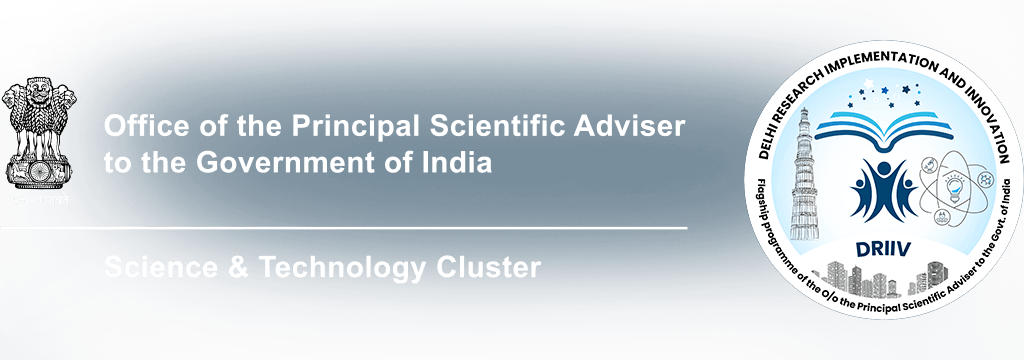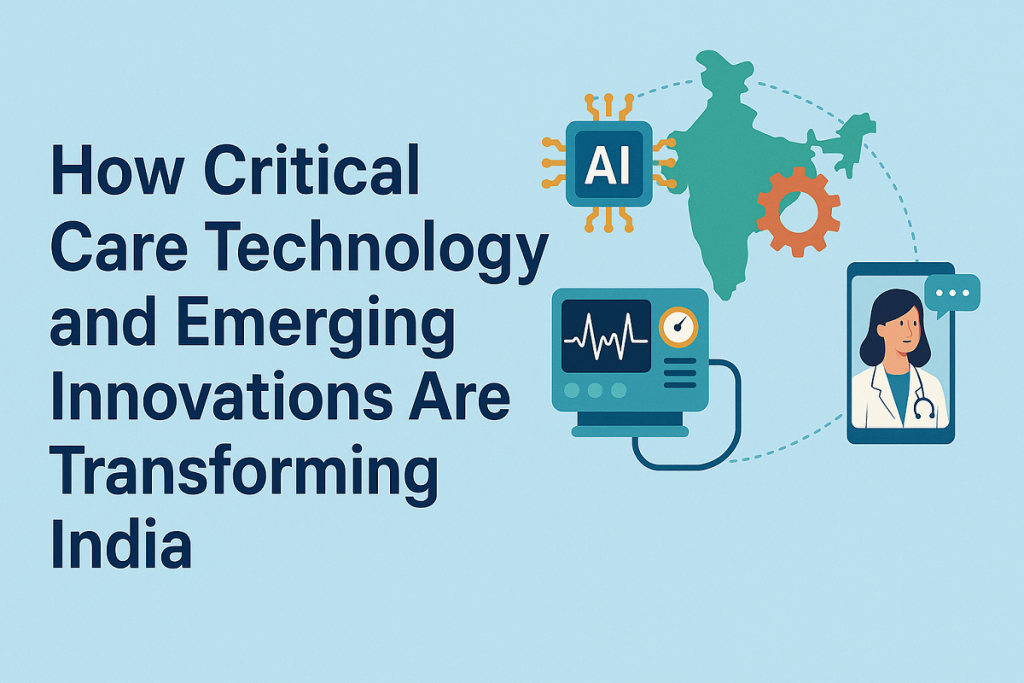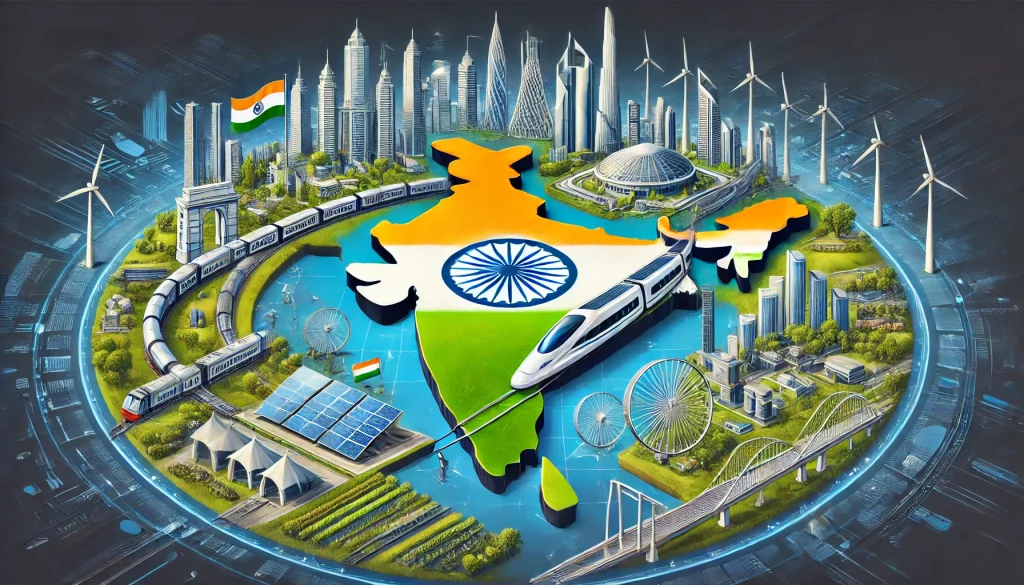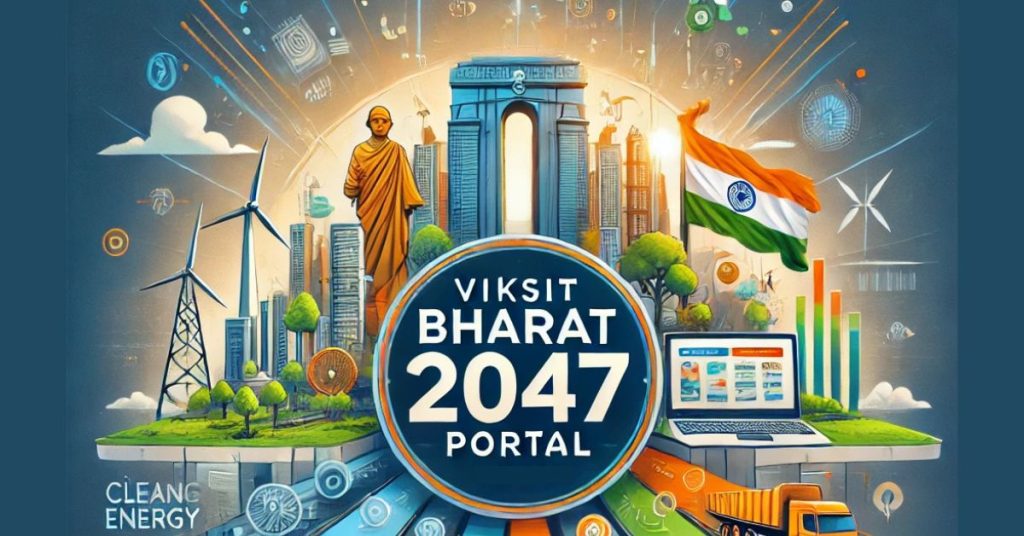India is rapidly advancing in science and healthcare. One major area of progress is critical care technology, which includes life-saving tools and systems used in intensive care units (ICUs) and emergency care. With new technology in India being adopted faster than ever, the healthcare sector is witnessing major upgrades. At DRIIV, we focus on supporting such innovations and making them more accessible to the Indian population.
In this blog, we’ll explore what critical technology means, how new emerging technologies are shaping healthcare, and why India is becoming a global hub for the latest technology in India.
What Is Critical Care Technology?
Critical care technology refers to the machines, software, and systems used to support patients with life-threatening conditions. This includes:
- Ventilators
- Patient monitoring systems
- Infusion pumps
- Dialysis machines
- Advanced imaging tools (like MRI and CT scanners)
These technologies are often found in ICUs, trauma centers, and operating rooms. They play a crucial role in keeping patients stable and alive during serious illnesses or surgeries.
Why Is Critical Care Technology Important?
Every second counts in critical care. Advanced technologies help doctors monitor vital signs in real time and make fast decisions. They reduce human error, improve patient outcomes, and often make the difference between life and death.
In India, the need for strong critical care infrastructure became clear during the COVID-19 pandemic. Since then, the country has seen increased investment in emerging technologies that improve hospital care and remote treatment.
New Technology in India: A Growing Landscape
India is quickly becoming a leader in the adoption of new technology across sectors, especially in healthcare. Here are some recent examples of latest technology in India in the critical care space:
1. AI-Powered Diagnostic Tools
Artificial Intelligence (AI) is being used to read X-rays, CT scans, and MRIs more quickly and accurately. This reduces delays in diagnosing critical conditions like brain injuries, strokes, or internal bleeding.
2. Tele-ICU Platforms
Remote monitoring platforms allow doctors in metro cities to support ICUs in rural or small towns. With the help of video conferencing and cloud data, experts can guide local healthcare providers in real-time.
3. Wearable Health Devices
Smart sensors and patches can track heart rate, oxygen levels, and even sleep patterns. These devices are especially useful for patients who need long-term monitoring at home.
4. 3D Printing for Medical Devices
Hospitals are using 3D printing to create custom implants, surgical tools, and prosthetics. This not only saves time but also cuts costs for patients.
Critical Technology Beyond Healthcare
While critical care technology is one part of the story, critical technology also includes national defense, cybersecurity, climate solutions, and space tech. These fields are also seeing breakthroughs in India through new emerging technologies and startups.
Some examples include:
- Cybersecurity platforms using AI to detect and block threats in real-time.
- Satellite imaging tools for better climate forecasting and disaster management.
- Green hydrogen technology for clean energy generation.
DRIIV is helping bridge the gap between research labs and real-world applications. We support scientists and innovators working on the latest emerging technologies to address India’s biggest challenges.
The Role of DRIIV in Promoting New Emerging Technologies
At DRIIV (Delhi Research Implementation and Innovation), we act as a catalyst to connect researchers, industry partners, and government bodies. Our goal is to accelerate the adoption of new technology in India, especially in sectors like healthcare, sustainability, and energy.
We support pilot programs, prototype testing, and public-private partnerships to bring critical care technology and other emerging technologies to market faster.
Our key focus areas include:
- AI/ML in healthcare
- Environmental monitoring and air pollution control
- Sustainable water management
- Green mobility and energy
- 3D bioprinting for drug testing and organ regeneration
Challenges in Adopting Latest Technology in India
While India has made great strides, some challenges remain:
- Cost – Advanced technologies can be expensive for rural hospitals and small clinics.
- Training – Doctors and nurses need to be trained to use new machines and platforms effectively.
- Infrastructure – Poor internet connectivity or power supply can limit the use of digital tools in remote areas.
- Regulation – Approval processes for medical devices and digital health platforms can take time.
Despite these barriers, India continues to push forward with bold initiatives like Ayushman Bharat Digital Mission, which encourages innovation and digitization in healthcare.
Future of Critical Care and Emerging Technologies in India
- The future looks promising. In the next 5–10 years, we expect:
- Wider use of robotic surgeries and automation in ICUs
- National networks of telemedicine and virtual ICUs
- Greater focus on green and sustainable critical care infrastructure
- Startups developing affordable innovations tailored to Indian needs
- Advanced research in bioengineering and nanotech for personalized treatment
DRIIV is proud to play a role in this exciting journey.
FAQs
Q1: What is critical care technology?
Critical care technology includes medical devices and systems used to monitor and support patients in life-threatening conditions, usually in ICUs or emergency rooms.
Q2: What are some examples of critical technology in India?
Examples include AI diagnostic tools, ventilators, tele-ICU platforms, cybersecurity systems, and green hydrogen solutions.
Q3: What is the difference between emerging technologies and critical technologies?
Critical technologies are essential for a country’s security and development (like healthcare or defense tools), while emerging technologies are newly developing innovations with high potential (like AI, 3D printing, or quantum computing).
Q4: How is India adopting new emerging technologies?
India is investing in research, supporting tech startups, and creating public-private partnerships. Organizations like DRIIV help bridge the gap between innovation and real-world impact.
Q5: Why is critical care technology important in India?
With a large population and varying levels of healthcare access, India needs advanced yet affordable solutions to provide quality care. Critical care technology saves lives by enabling quick diagnosis and treatment.
Final Thoughts
India stands at the edge of a technological revolution. With the rapid growth of new technology in India and a strong focus on critical care technology, the country is improving healthcare access, especially in underserved areas. At the same time, emerging technologies in energy, climate, and defense are shaping a sustainable and secure future.
DRIIV remains committed to supporting innovation, research, and the deployment of the latest emerging technologies that serve both people and the planet.




